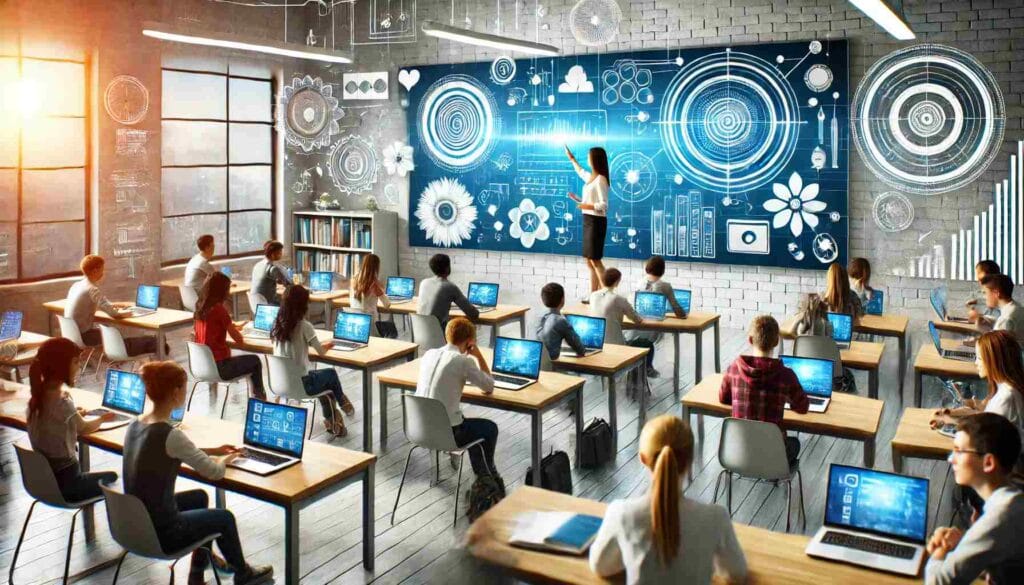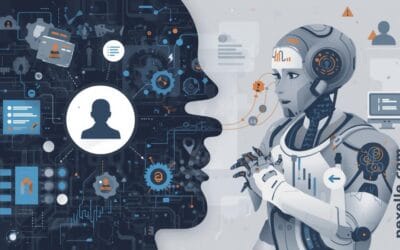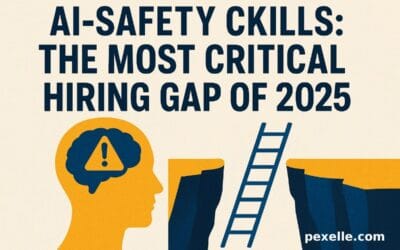Educational Technology: Transforming the Future of Learning

Introduction
Educational technology, often abbreviated as EdTech, refers to the integration of technology into the educational process to enhance learning and teaching. It includes a variety of tools such as software, hardware, and platforms that improve the learning experience, promote innovation in the classroom, and provide personalized learning opportunities. With the rapid advancements in technology, EdTech has become an essential part of modern education, reshaping traditional classroom settings and offering new avenues for both students and teachers.
The Evolution of Educational Technology
Over the decades, the concept of educational technology has evolved significantly. In the past, teaching methods were mainly focused on traditional approaches, such as lectures, textbooks, and chalkboards. However, the advent of computers in the 1980s, followed by the internet in the 1990s, revolutionized how information is disseminated and accessed. Today, learning has gone digital, offering online courses, e-learning platforms, and a vast array of educational applications that are transforming the educational landscape.
Key Components of Educational Technology
- Digital Learning Platforms: Online platforms like Coursera, Udemy, and Khan Academy have democratized access to education, offering free or affordable courses to people all around the world. These platforms often feature interactive modules, assessments, and video lessons, enabling students to learn at their own pace.
- Interactive Whiteboards: Interactive whiteboards, such as SMART boards, have replaced traditional chalkboards in many classrooms. These boards allow teachers to display dynamic lessons, engage students in real-time interactions, and even create multimedia content that can be shared across devices.
- Learning Management Systems (LMS): LMS platforms like Moodle, Blackboard, and Google Classroom help teachers manage course materials, assignments, and assessments. These systems streamline communication between educators and students and provide a centralized location for learning resources.
- Virtual Reality (VR) and Augmented Reality (AR): VR and AR have opened new doors for immersive learning experiences. Students can explore historical events, visit museums virtually, or conduct science experiments in a simulated environment. These technologies offer hands-on learning opportunities that would be difficult to replicate in the physical world.
- Artificial Intelligence (AI) and Machine Learning: AI-powered tools are transforming education by personalizing learning experiences. Adaptive learning software, for example, uses algorithms to tailor lessons to a student’s individual needs, allowing them to learn at their own pace and ability level. AI can also help with grading, content creation, and administrative tasks, freeing up educators to focus more on teaching.
- Gamification: Integrating gaming elements into the educational process is an effective way to increase engagement and motivation among students. Platforms like Kahoot! and Classcraft use gamified learning strategies to make education fun and rewarding, encouraging students to actively participate in their learning journeys.
Benefits of Educational Technology
- Enhanced Access to Education: Technology breaks down geographical and financial barriers, making education more accessible to people around the world. Students in remote areas or underprivileged communities can now access quality learning resources through the internet.
- Personalized Learning: Educational technology allows for the customization of learning experiences to suit the unique needs of individual students. Through data analysis and adaptive learning software, EdTech can provide students with personalized content, ensuring that each student is working at their optimal level.
- Increased Engagement and Interaction: Digital tools, such as interactive lessons, games, and collaborative projects, promote active participation and collaboration. Students are more likely to engage with learning materials that are visually appealing, interactive, and relevant to their interests.
- Flexible Learning: Online learning platforms enable students to learn from anywhere at any time, offering flexible schedules that accommodate different learning styles and personal commitments. This flexibility is particularly beneficial for adult learners, working professionals, and students with disabilities.
- Teacher Support: Educational technology also supports teachers by offering resources to create engaging lessons, automate administrative tasks, and collaborate with colleagues. It reduces the time spent on routine tasks and allows educators to focus on delivering high-quality instruction.
Challenges and Concerns
- Digital Divide: While technology has the potential to increase access to education, it can also deepen inequalities. Students in low-income areas or those without reliable internet access may struggle to benefit from EdTech solutions. Governments and institutions must work to address this digital divide to ensure that all students have equal opportunities.
- Over-reliance on Technology: While technology can enhance the learning experience, it should not replace the vital role of teachers. Over-reliance on digital tools can lead to a lack of human interaction, which is essential for fostering critical thinking, emotional intelligence, and social skills.
- Data Privacy and Security: The increased use of technology in education raises concerns about data privacy and security. With the collection of personal information and learning data, it is crucial to implement strong security measures to protect students and educators from cyber threats.
- Teacher Training: For EdTech to be effective, teachers need proper training to integrate these tools into their teaching practices. Professional development programs should be provided to help educators develop the skills needed to use technology in the classroom effectively.
Conclusion
Educational technology is reshaping the future of learning, offering new tools and opportunities to students, teachers, and educational institutions. While challenges remain, the potential benefits of EdTech are immense, from increased access to personalized learning experiences. As technology continues to evolve, it is essential that educators, policymakers, and technology developers work together to ensure that these advancements are used responsibly and equitably to enhance the quality of education for all.
Source : Medium.com




